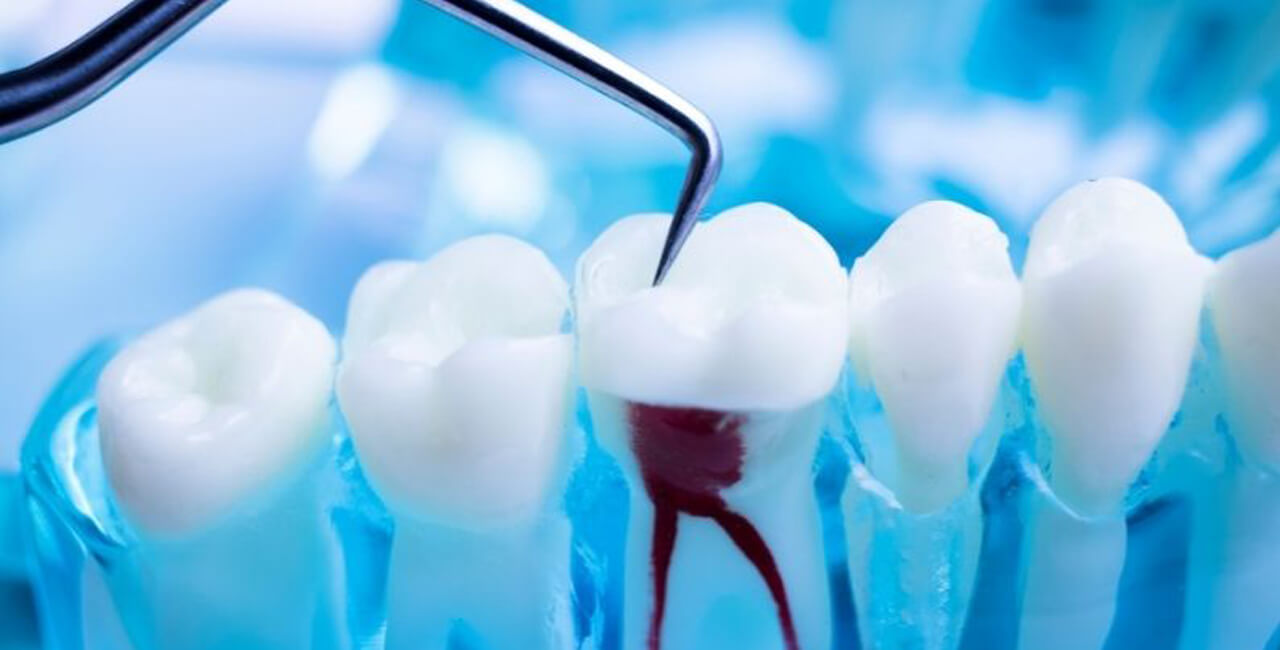Endodontics is a specialized field of dentistry that focuses on the diagnosis, prevention, and treatment of dental pulp and periapical tissues (the area around the tooth’s root). The primary goal of endodontic treatment is to save a patient’s natural teeth by addressing problems with the tooth’s pulp and surrounding structures. Here’s an overview of endodontics:
1. **Pulp Function:** The dental pulp is the soft, innermost tissue of the tooth. It contains nerves, blood vessels, and connective tissue. It is essential during tooth development but can be removed without adverse effects once a tooth is fully mature.
2. **Common Endodontic Procedures:**
a. **Root Canal Treatment:** Root canal therapy is the most well-known endodontic procedure. It is performed to treat teeth with infected or damaged pulp. During a root canal, the infected pulp is removed, and the inside of the tooth is cleaned, disinfected, and sealed to prevent further infection. This procedure saves the tooth from extraction.
b. **Retreatment:** In some cases, a previously treated tooth may experience a recurrence of infection or other issues. Endodontists can perform retreatment, which involves re-opening the tooth, cleaning, and sealing it again.
c. **Apicoectomy:** Also known as root-end resection, this surgical procedure is performed when conventional root canal therapy is not sufficient. It involves the removal of the tip of the tooth’s root and any infected tissue surrounding it.
d. **Pulp Vitality Testing:** Endodontists use various tests to assess the vitality of dental pulp, helping to diagnose and determine the need for treatment.
3. **Diagnostics:** Endodontists use advanced imaging techniques, such as digital radiography and cone-beam computed tomography (CBCT), to accurately diagnose and plan treatment.
4. **Specialized Training:** Endodontists are dentists who have undergone additional postgraduate training in endodontics. This specialized training equips them with the skills and knowledge to perform complex endodontic procedures effectively.
5. **Pain Management:** Endodontic procedures are performed under local anesthesia, ensuring that patients experience minimal discomfort during treatment. Modern techniques and equipment have made endodontic procedures much less painful than in the past.
6. **Preservation of Natural Teeth:** Endodontic therapy is a conservative approach that aims to preserve the natural tooth structure. Saving a natural tooth through endodontic treatment is generally more favorable than extracting the tooth and replacing it with an artificial one.
7. **Preventative Measures:** Endodontists also provide guidance on how to maintain good oral health and prevent future problems that might require endodontic intervention.
8. **Collaboration:** Endodontists often work closely with general dentists and other dental specialists to ensure comprehensive dental care for patients. This collaboration ensures that patients receive the most appropriate and effective treatment options.
Endodontics plays a critical role in helping individuals maintain their natural teeth and alleviate pain and discomfort associated with dental pulp and periapical issues. It is a field that continually evolves with advancements in technology and techniques, making it increasingly effective and less invasive for patients. If you experience severe tooth pain, sensitivity to hot or cold, or other symptoms of dental pulp issues, it is advisable to consult with an endodontist for a proper evaluation and treatment.

